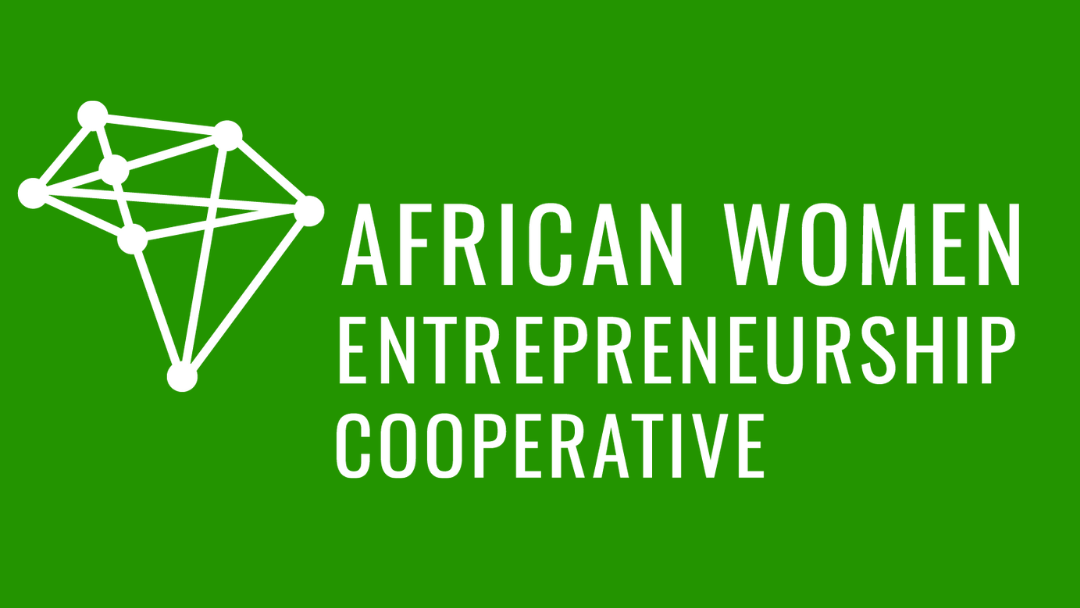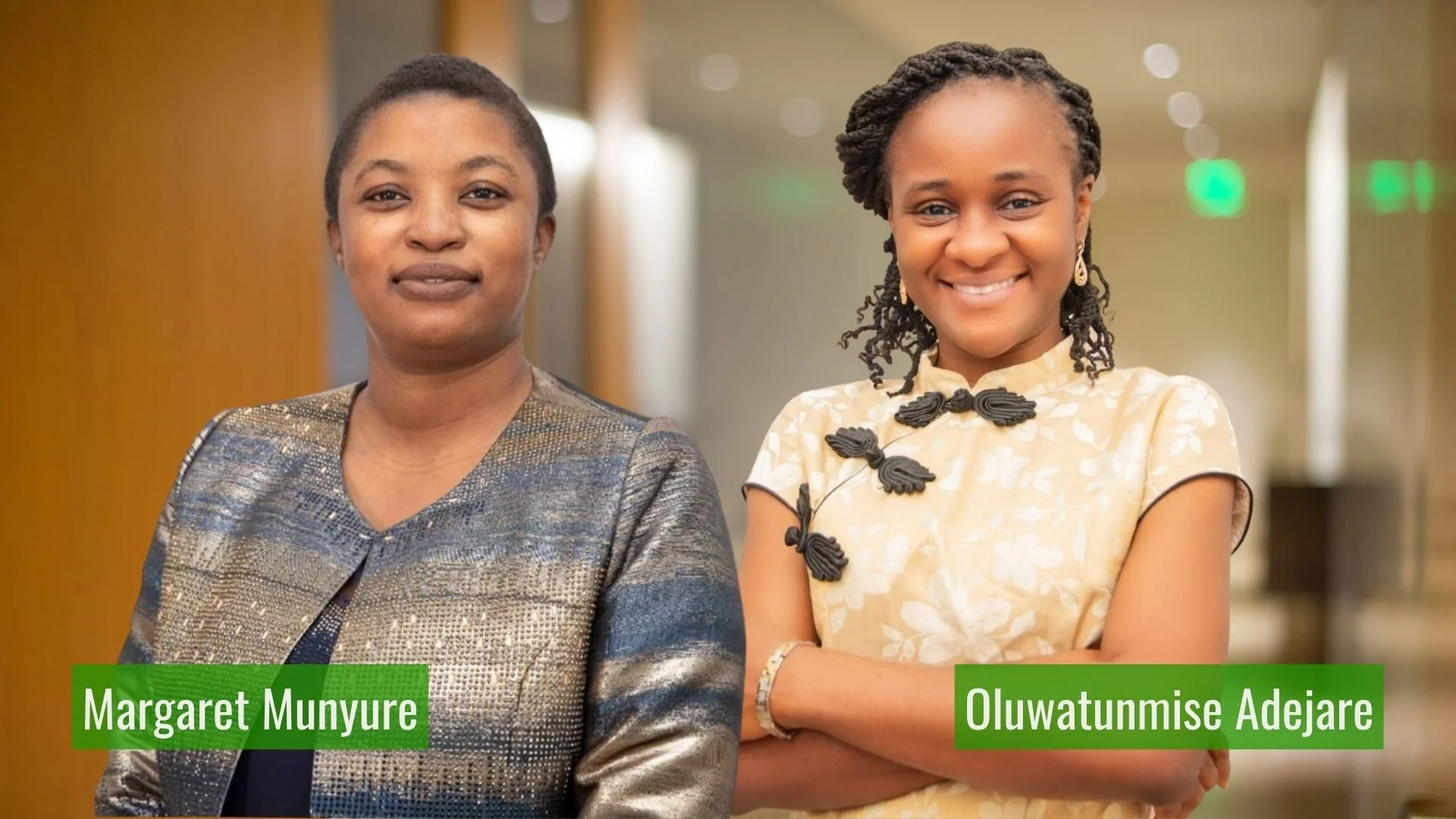AWEC Spotlights : Margaret Munyure & Oluwatunmise Adejare - On Developing a Surefire Sales Strategy Based on AWEC Learnings
As an entrepreneur, sales are the key driver of all of your business operations. Without them, you have no profits, no new customers, and you are unable to secure a return on your investment. Your sales affect your business’s growth and how well you can compete with your competitors. So how do you increase your sales? By developing and executing an effective sales strategy. This plan should include a value proposition that illustrates to potential clients the value and benefits of your products or services. Your value proposition serves as a declaration of intent, providing potential customers with the main reason why your products are tailor-made for them.
In order to unlock your business's potential, customers must understand the values that set you apart from competitors. Kola Osinowo, CEO of Baobab+ Nigeria and our January Live Session Leader on sales growth, emphasizes a value-based strategy as the key to success in sales. However, there are certain challenges posed when trying to achieve significant sales growth.
Challenges To Sales Growth
Kola outlined two main challenges to achieving significant sales growth: value proposition and customer segments. Demonstrating the value of your products or services to potential customers is critical in order to attract their attention and make a sale.
The next challenge is dealing with customer segments. To grow your sales, you need customers, and to win against increasing competition, you need to equip yourself with a deeper understanding of your buyers. Kola suggests using design thinking to address this challenge. This process involves emphasizing, observing, ideating, prototyping, testing and implementing actions that can help improve sales. Utilizing design thinking enables you to have a continually evolving sales strategy so that you can stay ahead of the competition and unlock the full potential of your business.
This application of design thinking methodology to solve problems and spur innovation allows businesses to:
Systematically uncover what their target audiences need
Consistently supply products that customers can't resist
Easily grow and expand their business models
Ways you can use design thinking to challenge your value proposition:
Consider areas where your current efforts and strategies may not be yielding the desired results, such as profit margins that are average or below expectation, or areas that are experiencing slow growth.
Explore creative ways to approach challenging problems by developing disruptive hypotheses or ideas.
Revisit and re-evaluate your value proposition from a different perspective – look for opportunities to invert, deny, or scale your current approaches to enhance effectiveness.
Challenge Your Customer Segments
Start by taking an in-depth look at your existing customer base. Identify who they are and if there are any common pain points or issues among them. If not, determine how many distinct customer groups exist. Then, turn to your non-customers. If you are looking to expand, reach out to those who feel underserved or neglected - they can be a great source of growth! Last but not least, use design thinking when creating sales pitches that will draw in the customers you desire. Spend time understanding your customers' objectives, obstacles and desired outcomes so you can craft tailored messages that are sure to resonate with them.
Insights from Fellows
We spoke to two AWEC Fellows from Cohort 5 who attended the January Live session and are consequently making changes to their sales strategies.
Margaret Munyure is the Managing Director of Palmworth Investments (Private) Limited t/a Vitality Foods, an agricultural processing business anchored on horticulture, piggery, and food processing and packaging. The business operates an agricultural plot in Gadzema, Chegutu in the South western province of Zimbabwe. For Margaret, Kola’s session demystified sales. Myths and misconceptions about sales generation affected her ability to make sales. Rather than focusing on the value proposition, her sales strategy was more focused on internal processes.
“I welcomed the January session with much excitement,” Margaret began. “Kola did a fantastic job of demystifying sales in a profound way. I found the session to be a critical game changer because it transformed my mindset and perception, removing myths and misconceptions that I had carried for a long time.” Hindered by misconceptions about sales generation, Margaret and her team had become overly reliant on internal processes rather than focusing on providing value to potential customers. After taking a step back and reflecting, Margaret reasons that in order to stay competitive, her team would need to broaden their digital sales strategy with an omnipresent, sustainable approach powered by digital transformation.
To achieve this, she plans to:
Introduce monthly sales targets broken down into daily and weekly targets, which will be tied to a performance-driven reward system to motivate her team.
Conduct weekly executive committee meetings to identify and access growth channels focused on acquisitions, business development, securing referrals, retaining customers, and penetrating new markets.
Oluwatunmise Adejare is the Creative Director Elizaveta O, a ready-to-wear clothing brand in Nigeria that produces African-inspired apparel for young children ages 0-14.
Her key takeaway from the Live Session was the importance of disruption - doing the unusual. “Daring to go against the usual in a creative way is mind blowing. Being in the fashion industry, it made me realize I must redefine my why and question my adoption of the 'norms' I have met in the industry and more intentionally look for more innovative ways to problem solving that could result in significant growth in our income.”
To further her success, Oluwatunmise realized that finding out why people are not doing business with them is just as important as finding out why some do. By actively questioning their clientele base, she and her team can learn how to provide greater value, remedy any deficiencies they might have, and ultimately improve their services.
To achieve this, she plans to:
Start gathering data from past clients, especially one-time buyers who no longer engage with her business. This will help her uncover what they liked about the service delivery and product use.
Be deliberate and intentional about observing her customers' pain points and, through surveys, actively seek to understand the desired outcomes they hope to achieve by purchasing from her company. By understanding these insights, Tunmise can better position her company to address the intrinsic problems of her target market.
If you want your business to be truly successful and see an increase in sales, you need to dedicate one day out of the week to connecting with your customers. Take the time to understand their needs, their pains, and their goals. Step away from your desk and take the opportunity to get first-hand insights from those who actually use your products and services by visiting them in the field. No amount of research or observation can replace a conversation with real customers. As John Le Carre said, “A desk is a dangerous place from which to view the world!”



